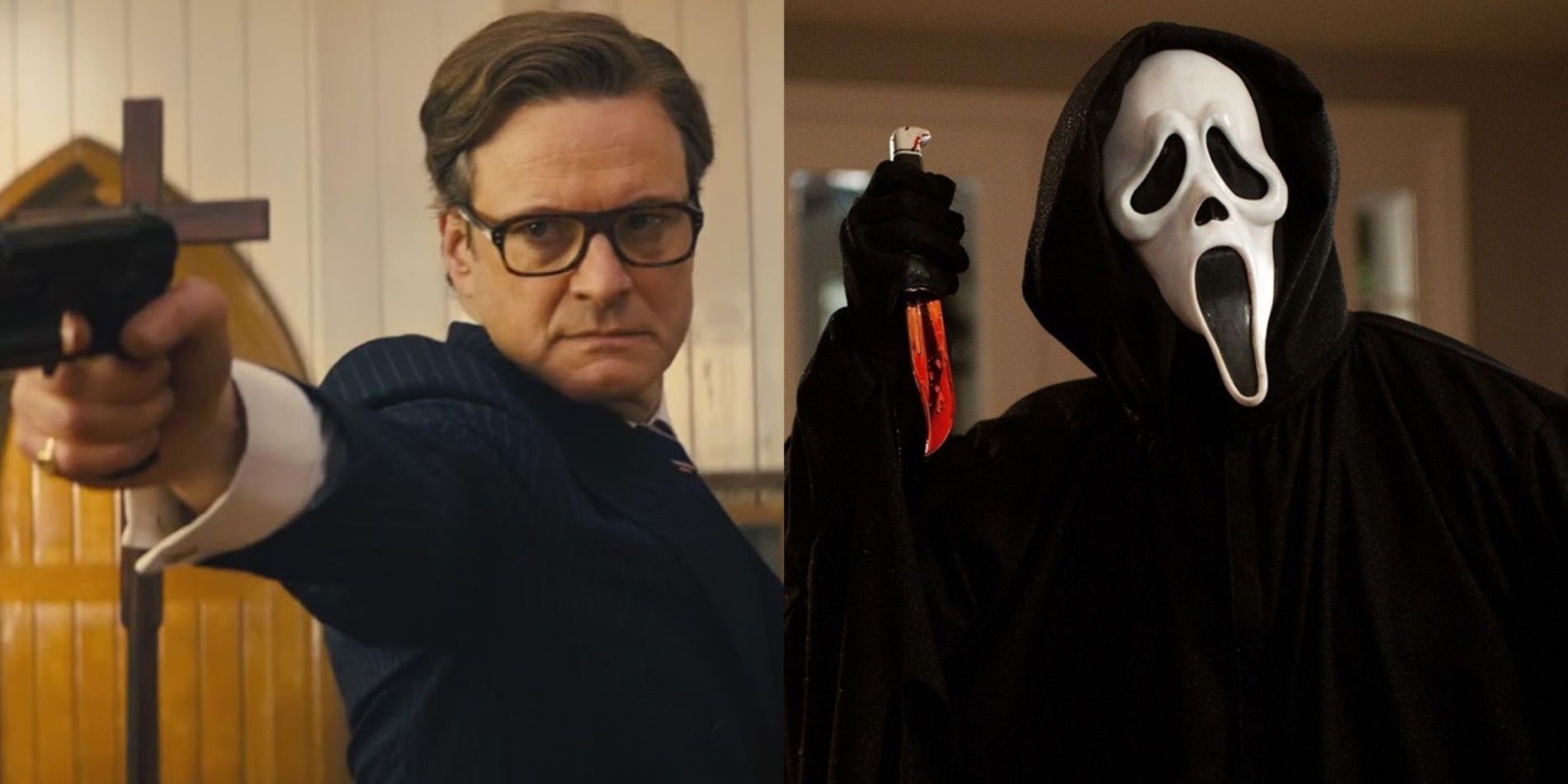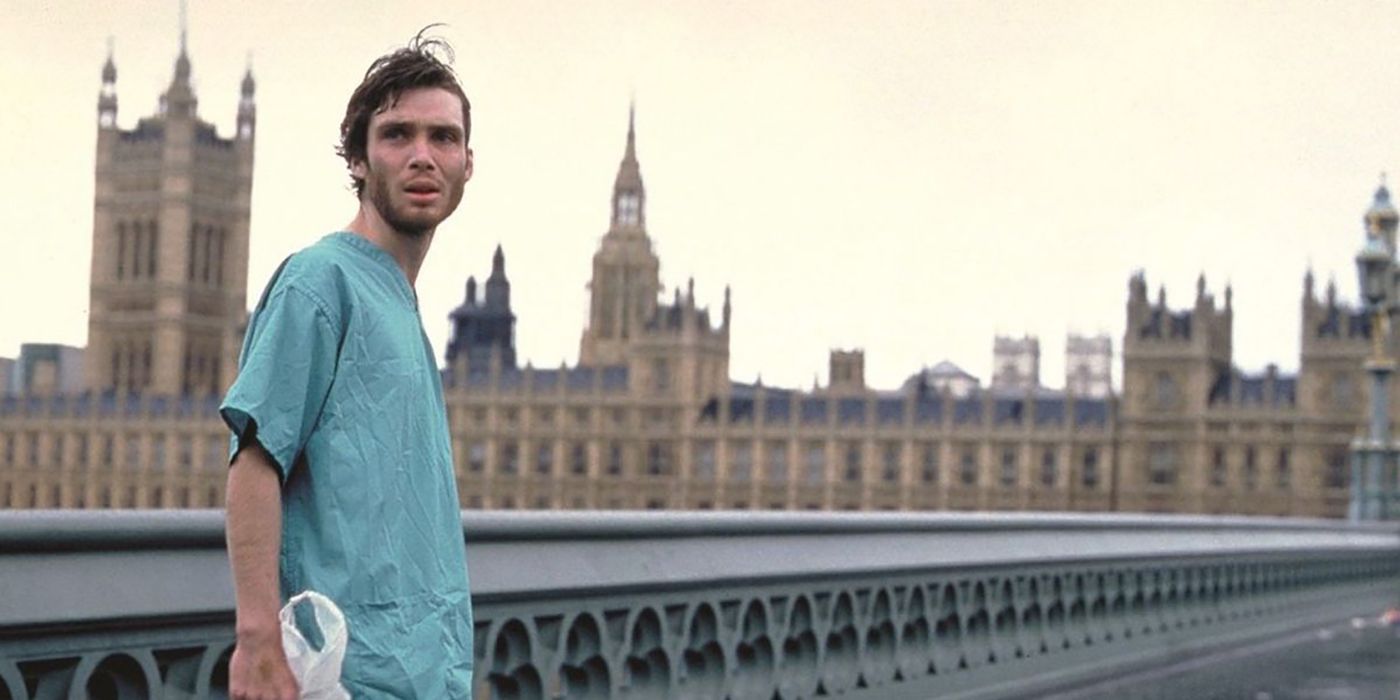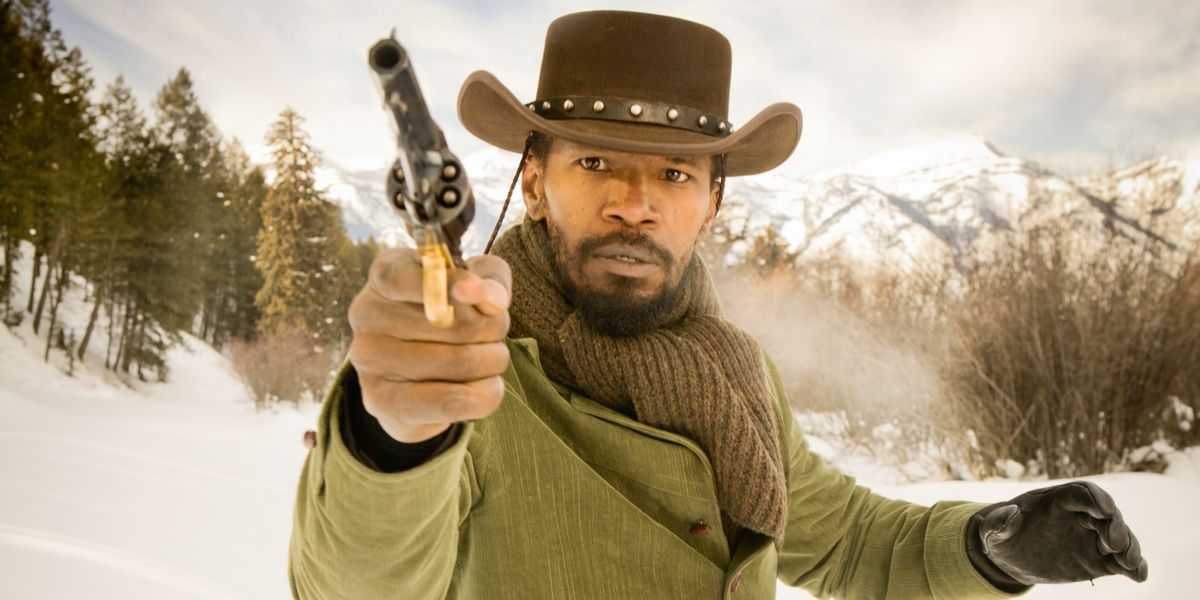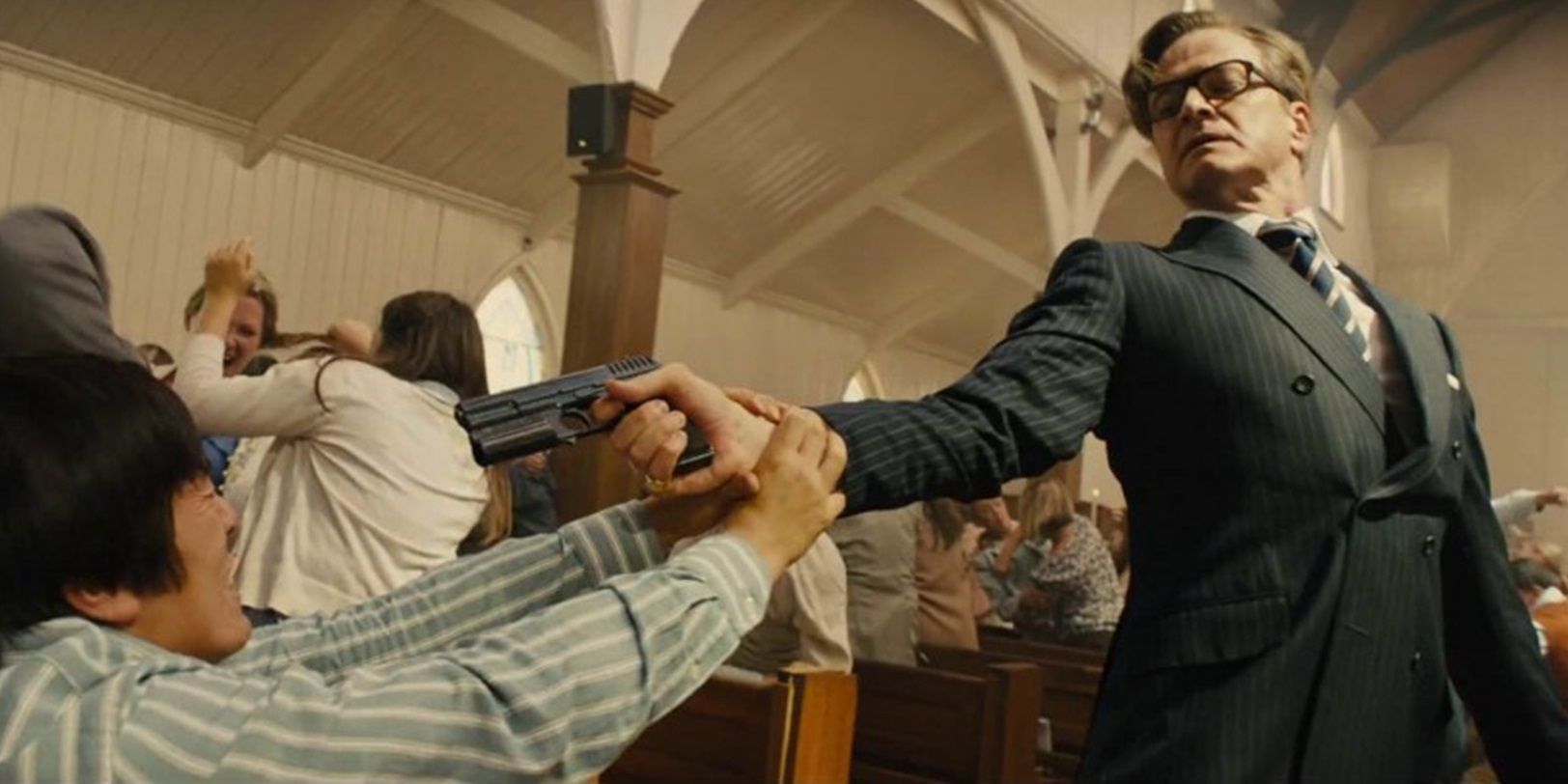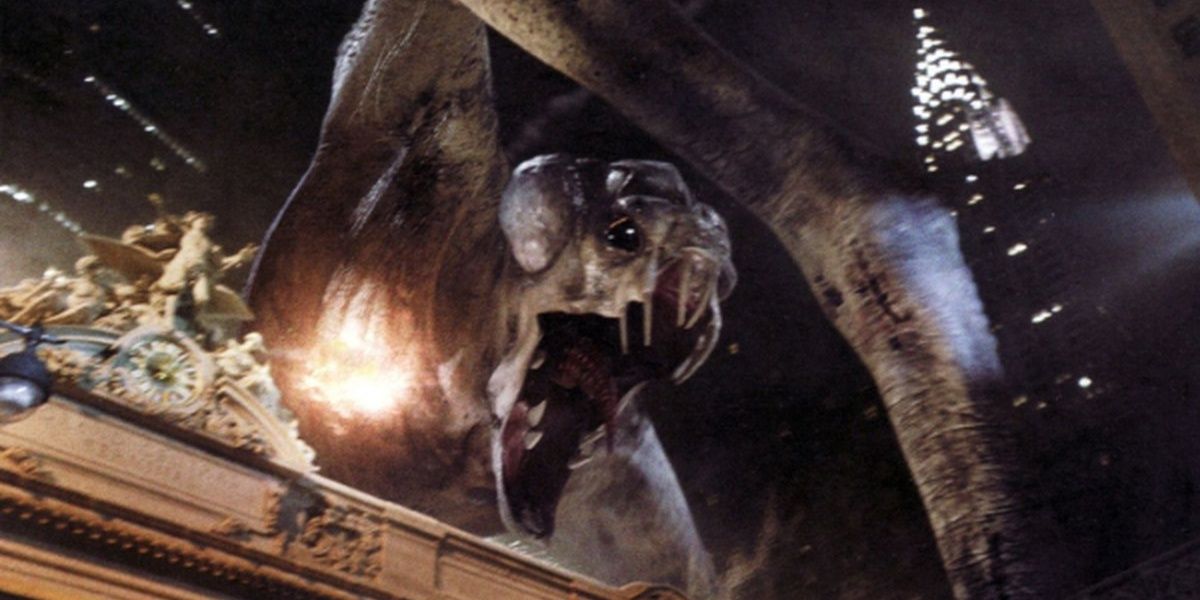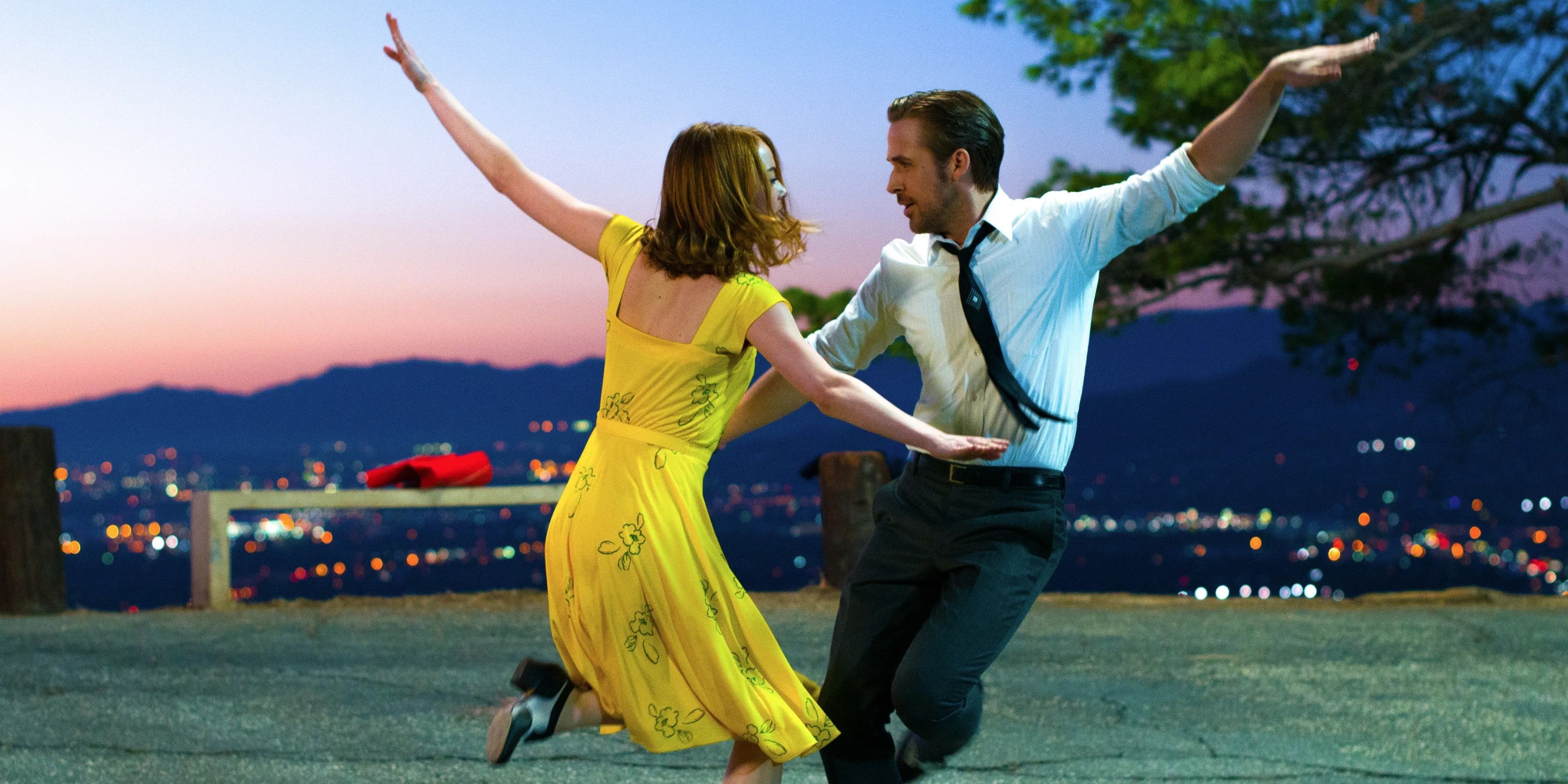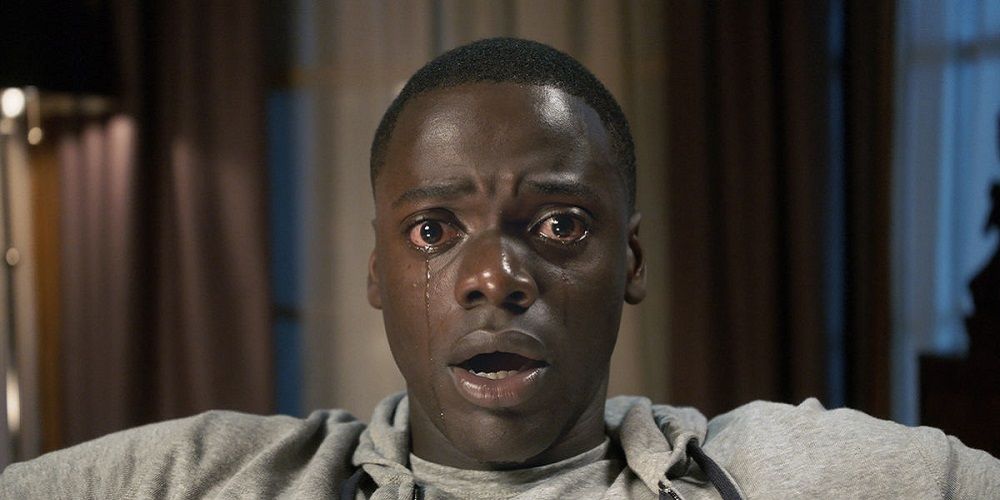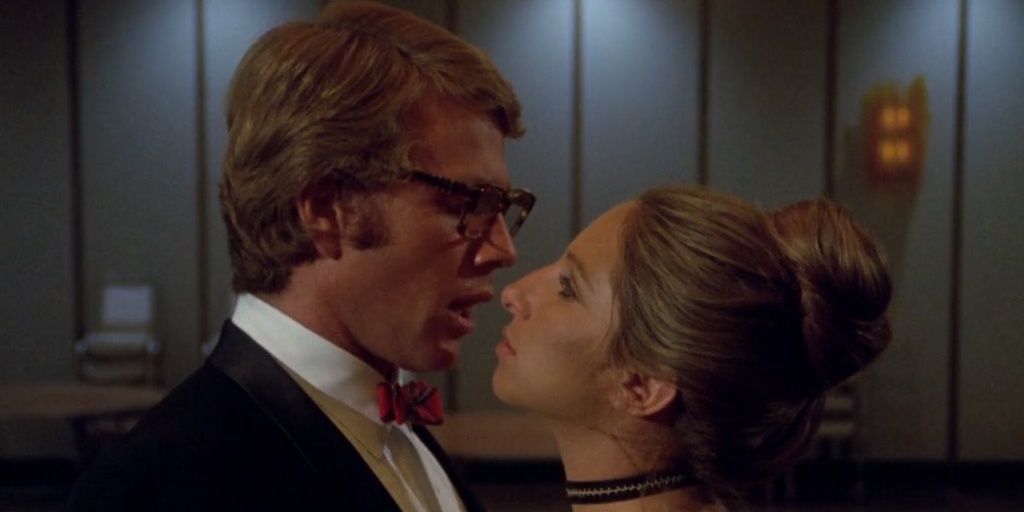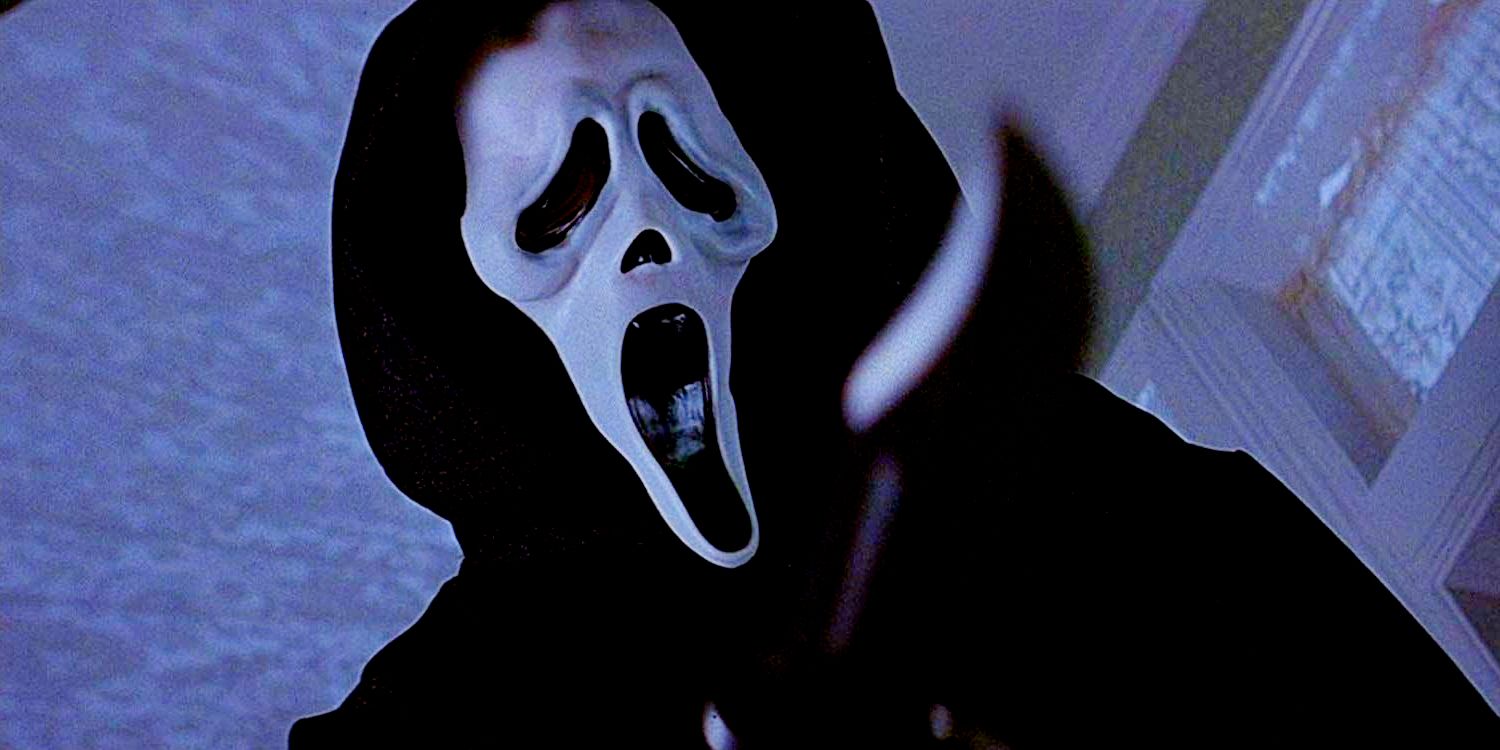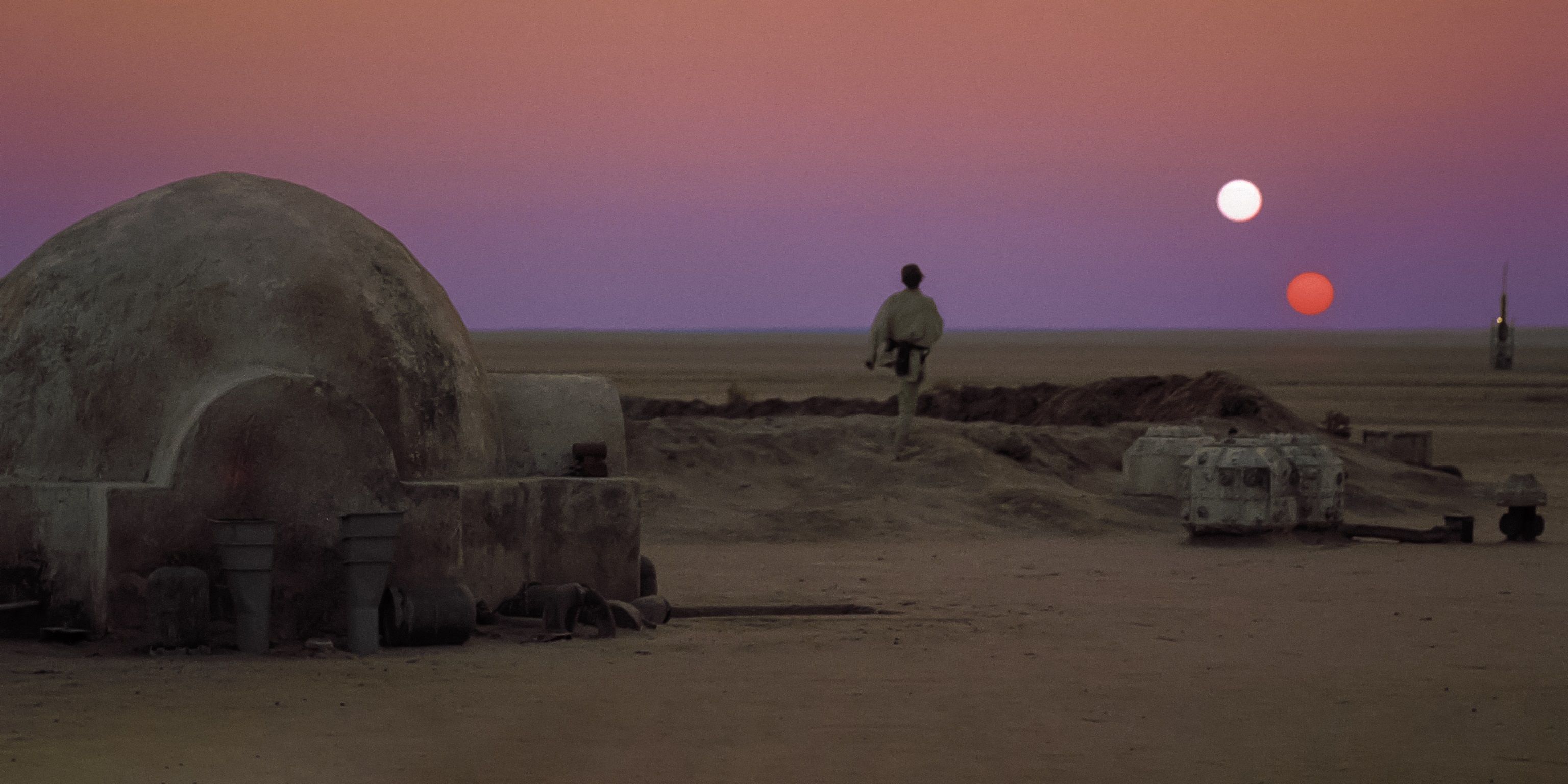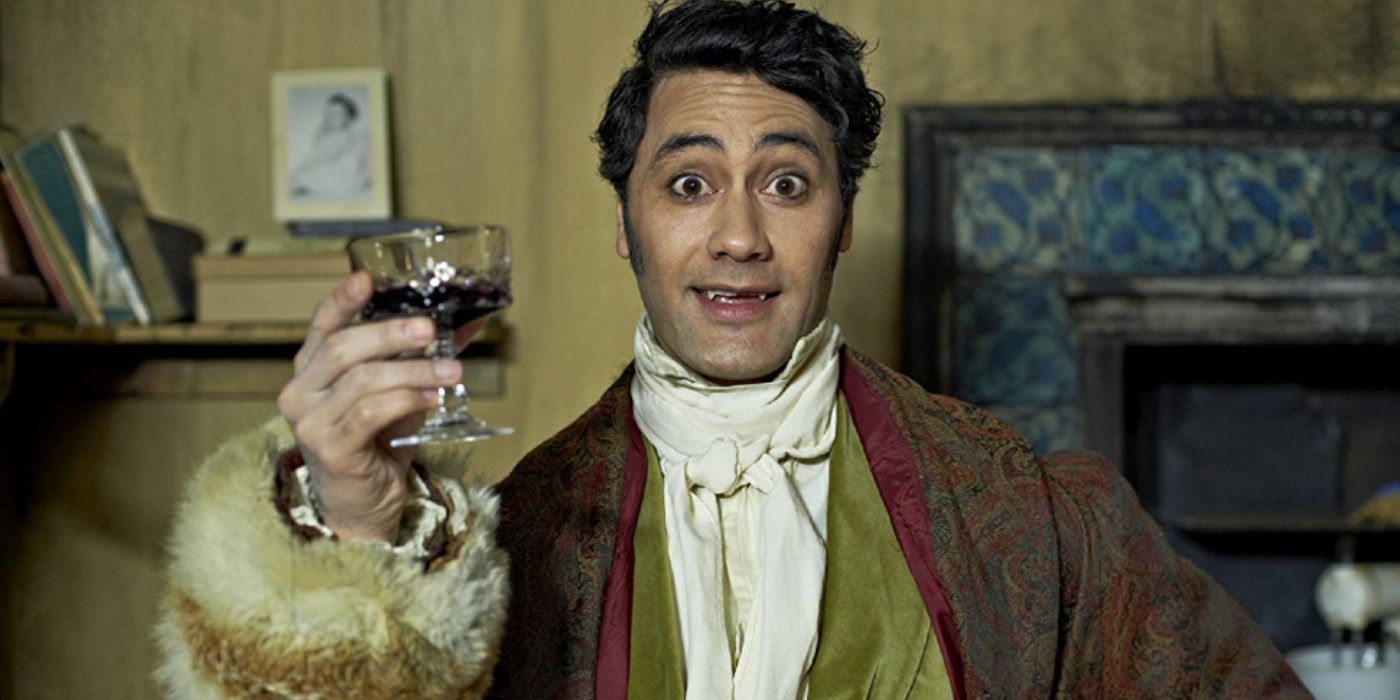The genre trends in Hollywood are always evolving. Roger Moore’s James Bond movies tapped into the blaxploitation, martial arts, and sci-fi trends. The Marvel Cinematic Universe has explored such genres as conspiracy thrillers, heist films, and TV sitcoms. Before there’s a genre trend to follow, a groundbreaking movie has to create that trend.
Classic movies like Dr. No and Night of the Living Dead have created subgenres of their own. After a few decades, those genres start to feel stale, or outdated, or conventional, and a movie like Kingsman or 28 Days Later has to come along to revitalize them.
28 Days Later (2002) - Zombies
George A. Romero created the modern zombie with his hugely influential debut feature Night of the Living Dead. After exploring his zombie apocalypse on a larger scale in Dawn of the Dead, Romero had officially outlined a checklist for a zombie movie.
Over the next couple of decades, the tropes got overdone and audiences no longer found zombies scary. And then, Danny Boyle came along with the intensity and gritty realism of 28 Days Later. His protagonists are plagued by sprinting flesh-eaters as opposed to Romero’s dawdling, slow-moving hordes of the undead.
Django Unchained (2012) - Spaghetti Westerns
Throughout the 1960s, Italian directors like Sergio Leone and Sergio Corbucci pioneered their own subgenre of the western – dubbed the “spaghetti western” – with the rougher, bloodier vision of the Old West found in hits like A Fistful of Dollars and The Mercenary.
This subgenre died out along with the rest of the western genre by the turn of the 21st century, but Quentin Tarantino brought back its operatic, ultraviolent sensibility in 2012. With its slavery-era setting, Django Unchained puts a unique historical spin on the spaghetti western.
Kingsman: The Secret Service (2014) - Spy Movies
By the 1960s, spy movies had become tired and big-headed, relying on familiar clichés and taking themselves far too seriously. Dr. No and the subsequent James Bond adventures injected some fun into the spy genre with megalomaniacal villains, exotic locations, and quippy one-liners.
Decades later, the spy genre slipped back into self-seriousness. Even the Bond franchise left behind its goofy tropes in favor of grit and realism. Matthew Vaughn’s adaptations of the Kingsman comics have brought a refreshing sense of fun back to spy movies.
Cloverfield (2008) - Kaiju
There aren’t a lot of ways to spin the premise of a kaiju movie. It’s tough to innovate the story of a giant monster smashing a city to pieces. The early classics, like Godzilla and King Kong, had more than enough social commentary to define the whole genre.
In 2008, Matt Reeves managed to put a fresh twist on the kaiju genre with the “found footage” presentation of Cloverfield. The in-universe camcorder footage brought a refreshingly realistic ground-level perspective to the familiar giant monster movie.
La La Land (2016) - Musicals
Musicals were the Marvel movies of the 1950s, but the appeal slowly faded throughout the 1960s with the rise of New Hollywood’s darker, edgier sensibility. Damien Chazelle made the musical a blockbuster genre once more with his Golden Age of Hollywood-inspired hit La La Land in 2016.
This year, the box office disappointment of In the Heights, Dear Evan Hansen, and West Side Story has proven that La La Land’s reinvention of the musical was sadly short-lived.
Get Out (2017) - Social Thrillers
The “social thriller” is a curious, unique subgenre that uses the tenets of cinematic horror to explore poignant, relevant themes. Early examples include Rear Window, Bad Day at Black Rock, and Rosemary’s Baby.
In 2017, the social thriller was popularized by Jordan Peele’s Oscar-winning directorial debut Get Out, which used the paranoia of The Stepford Wives to capture contemporary racial tensions in the United States.
What’s Up, Doc? (1972) - Screwball Comedies
Screwball was one of the most popular comedy subgenres of the 1930s and 1940s, defined by snappy dialogue and ironic storytelling. By the 1970s, screwball comedies were a forgotten relic.
A rising Peter Bogdanovich brought that genre back with his 1972 homage What’s Up, Doc?, starring Ryan O’Neal as a mild-mannered everyman and Barbra Streisand as the wildcard he falls for.
Scream (1996) - Slashers
John Carpenter’s seminal 1978 masterpiece Halloween defined the tropes of the slasher (a genre that had been around in broad strokes since the classics of Mario Bava) and gave low-budget filmmakers a blueprint to create their own horror movies. Throughout the 1980s, audiences were inundated with cliché-ridden slasher films.
By the 1990s, audiences were painfully aware of these conventions and effective slashers were few and far between. Then, Wes Craven revitalized the genre with the self-aware satire of Scream.
Star Wars (1977) - Science Fiction
Sci-fi was big in the 1950s and 1960s, but it died out throughout the late ‘60s and early ‘70s when American cinema got very gritty and low-key and realistic. George Lucas beautifully paired the experimental stylings of New Hollywood with the old-fashioned pulpy visuals of space serials with his 1977 masterpiece Star Wars.
Technically, Star Wars falls into the “science fantasy” subcategory. It was initially considered a weird little space movie and was expected to bomb at the box office, but it ended up kickstarting a boom of movies set in space. There was even a Bond movie set in space after the success of Star Wars.
What We Do In The Shadows (2014) - Vampires & Parodies
Taika Waititi and Jemaine Clement’s What We Do in the Shadows is a two-for-one genre revival, as it revitalized both the vampire and parody genres. Vampires had lost their edge in the age of Twilight and this movie marked a welcome return to traditional vampire lore (and lots of blood).
Spoof movies faded when their writers and directors got lazy and started trading references for jokes. What We Do in the Shadows’ mockumentary portrait of the daily lives of vampires made it one of the most inventive parodies in years.

